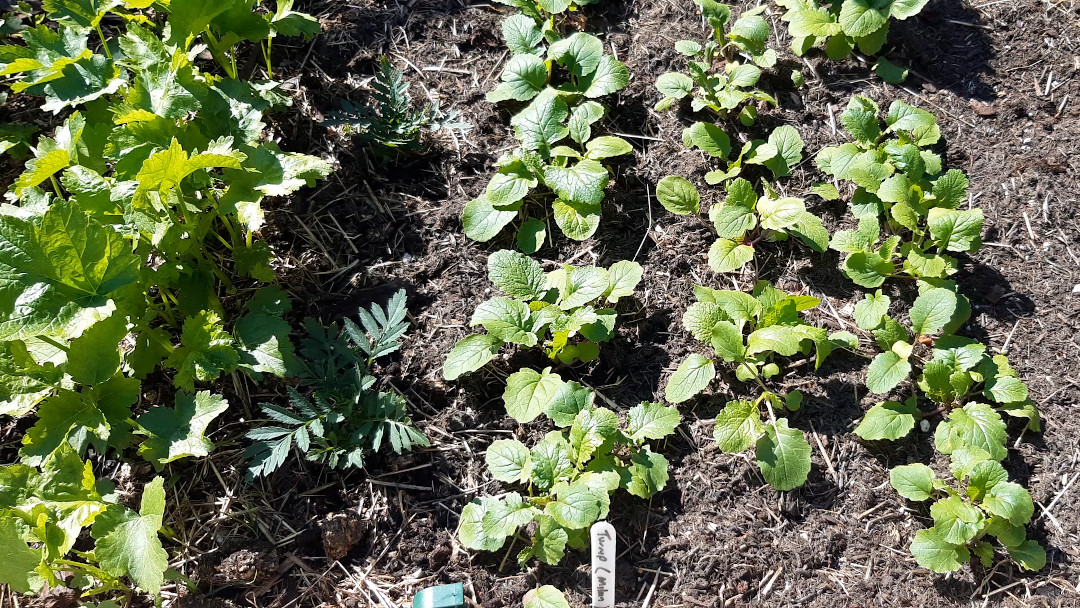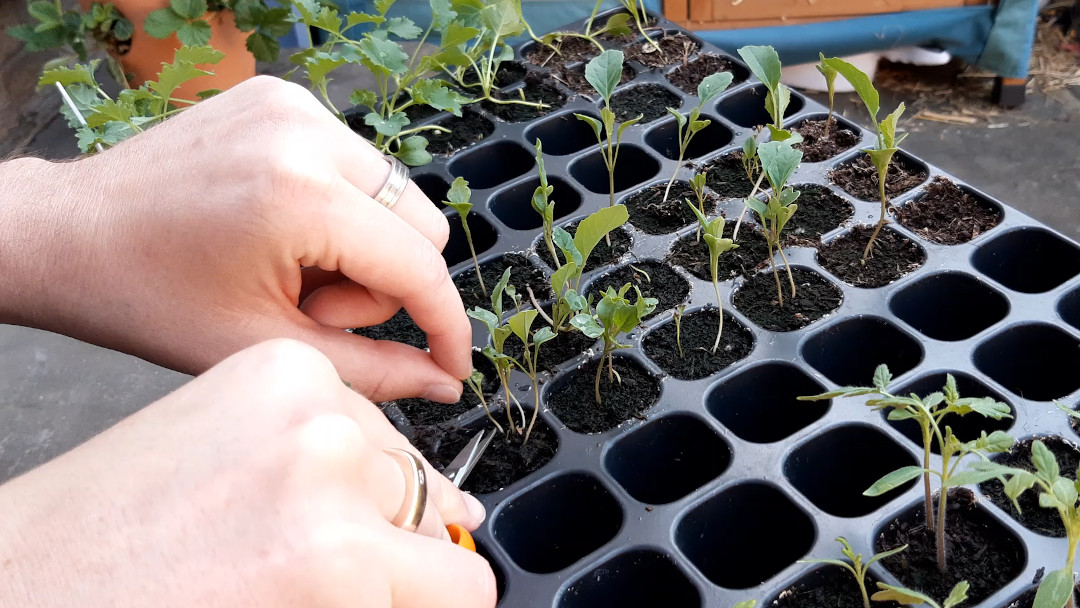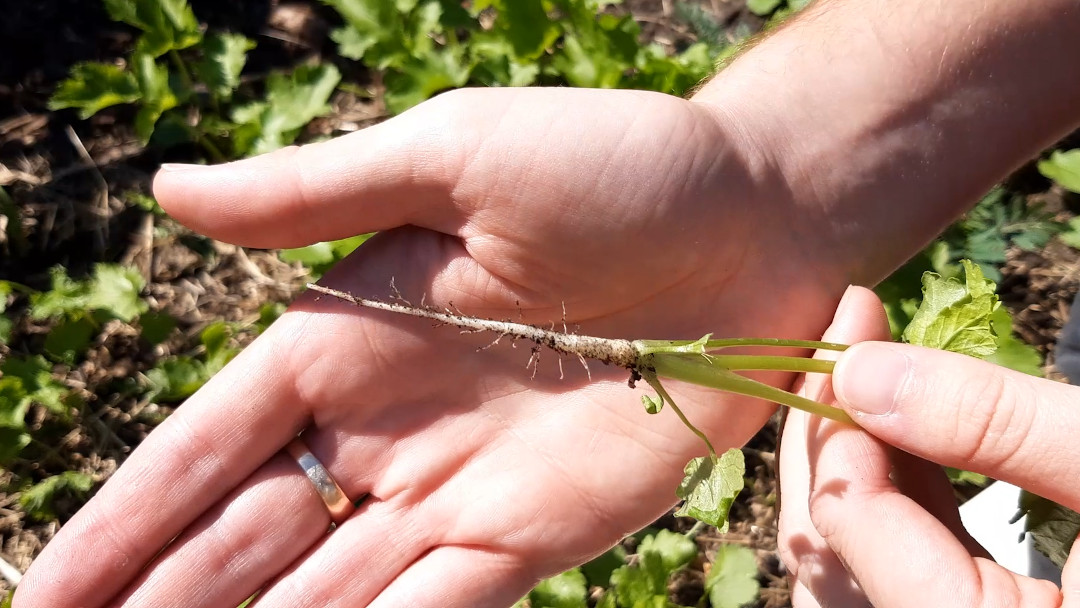Back to Basics
Thinning
So thinning is a thing, but you may be unaware of why it’s important or how to do it effectively.
In this guide, I’ll break it down to it’s basics and give you some examples.
What is “Thinning”?
In short, thinning is the act of reducing down the amount of seedlings you have in a specific area.

This could be done with seedlings in a seed tray, a pot or directly in the ground.
Why thin?
It’s easier for me to explain why plants are spaced a certain distance apart, rather than why you should thin. It’ll make sense in a bit.
On the back of seed packets, the manufacturer has been very helpful indeed and informed you about how you should space apart their particular plant.
This is based mainly on the size of the fully grown plant.
Take a plant which grows to 1m x 1m, for example. You can fit in three of these plants into your 3m x 1m plot. It’s assumed that these plants will fill that whole space.
The foliage of a plant will shield the ground below it from the light which would stifle the growth of anything growing there. We also know that plants have a root system of a similar size to their above-ground foliage. Therefore, this plant will take most of the water within that area.
So, back to “Why thin?”
We thin our seedlings so that they have access to the most light, water and nutrients they can, in order to grow to their optimum size.
Methods
There are two ways in which you can thin seedlings:
1. Thin to remove
Thinning to remove means that you have more seedlings growing in an area than you need. This would usually be within a pot or a seed tray.
If you’re growing tomatoes in a pot, for example, you would sow 4-5 seeds to get a good germination and then thin down to just one, because only one plant will grow well within this fictional pot.
To do this, reduce the number of seedlings down to the strongest looking one. If you have a small pair of scissors, cut the unwanted seedlings at its base, leaving the roots intact. If you don’t have scissors, pinch the seedling out with your fingers.

The strongest is not necessarily the tallest. What you’re looking out for is:
- The number of leaves: The more the better
- The thickness of the stem: The thicker the better
- Is it bendy or straight? The straighter the better

This can be done in phases too. If there are two seedlings which are the same, you can wait a few days to find a winner and thin again.
2. Thin to spread
Thinning to spread is where you have a uneven distribution of seedlings in an area, and you thin to space them out more evenly.
For example: You have scattered parsnip seeds in a bed and have a few clusters of germination and some empty areas.

You would move some of the seedlings from the clusters to the empty areas to space them out.
To do this, grab yourself a knife, a spoon or a pencil.
Select the smallest of the seedlings within a cluster. We pick the smallest because if the transplant does not work, the weaker of the seedlings has been lost rather than the strongest.

Push your tool down into the soil next to the seedling and, while holding onto the seeds leaves with your other hand, gently lever the seedling out of the soil.
You may need to dig around the seedling a little and don’t be too worried about snapping a few roots, it’ll grow back.

Once you have the seedling out, pick a new location for it, making sure to space it out as per the packet instructions.
Using the same tool again, poke a hole into the soil at the same depth of the seedlings roots.
Drop the seedling into the hole and gently press the soil around it to secure it in.

Give the area a water to stop the seedlings wilting.
There you go! You’re now a thinning master. I bow to your new wisdom and send you out into the world with your teeny-tiny scissors.
Share your learnings
I hope this has helped clarify what thinning is and the two ways where it can be useful.
I’d love to hear from you though. What tools do you use to spread your seedlings? Do you have any tips for us?
If you liked this article, consider joining us on social media where the community shares their stories and tips:
Article written on Jun 01, 2020
Updated Jun 01, 2020